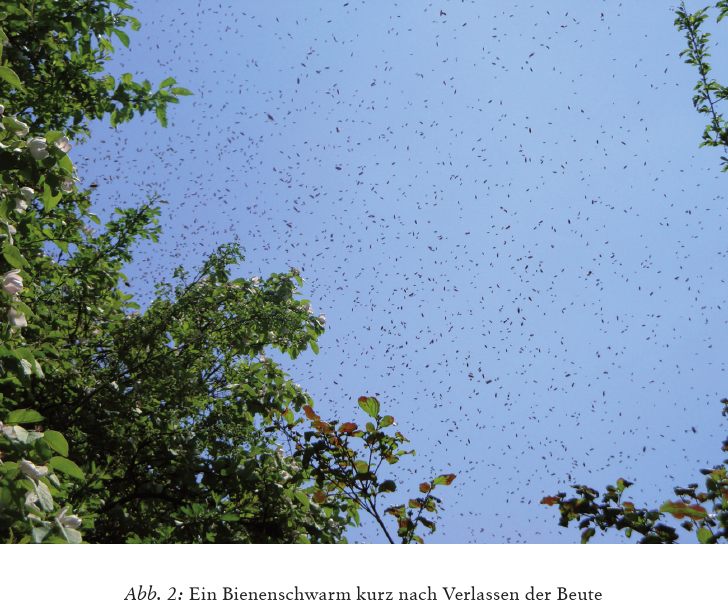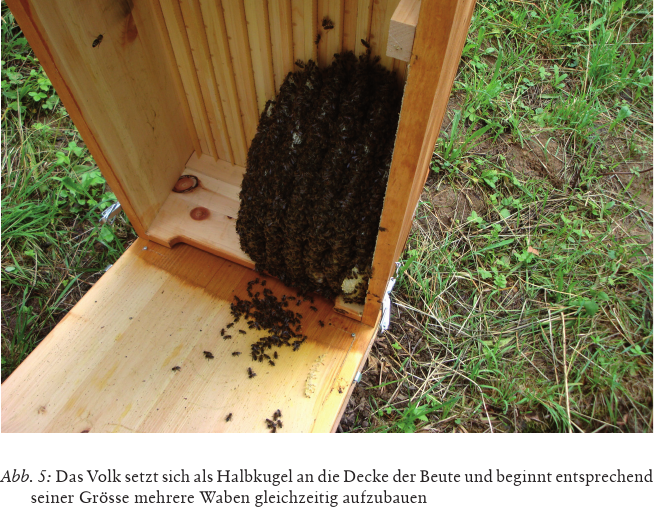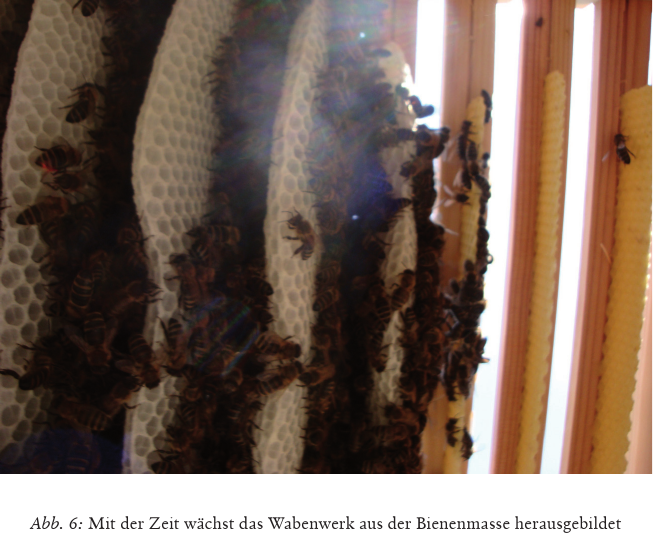Bienen verstehen, wesensgemäss imkern
Export Article Citation as
- Plain text
- BibTeX
- RIS format
- Download price : € 6.00
Abstract:
This paper shows that the health of bee colonies largely depends on beekeeper
management. Firstly it characterises a way of beekeeping that accords with the
nature of the bee, as has been developed by the pioneers of biodynamic beekeeping
based on the indications of Rudolf Steiner. Secondly a series of investigations
is presented which have scientifically tested the three fundamental features of
the life of the bee colony: reproduction through the swarming instinct; natural
(foundationless) construction of the comb; and local queen mating (no artificial
queen breeding).
It is clear that paying attention to these three fundamental features creates real
possibilities for sustainable improvement of the health and wellbeing of the bee.
Therefore it is recommended, not just on animal ethics grounds, that these features
be incorporated as standard in all management systems. [...]







